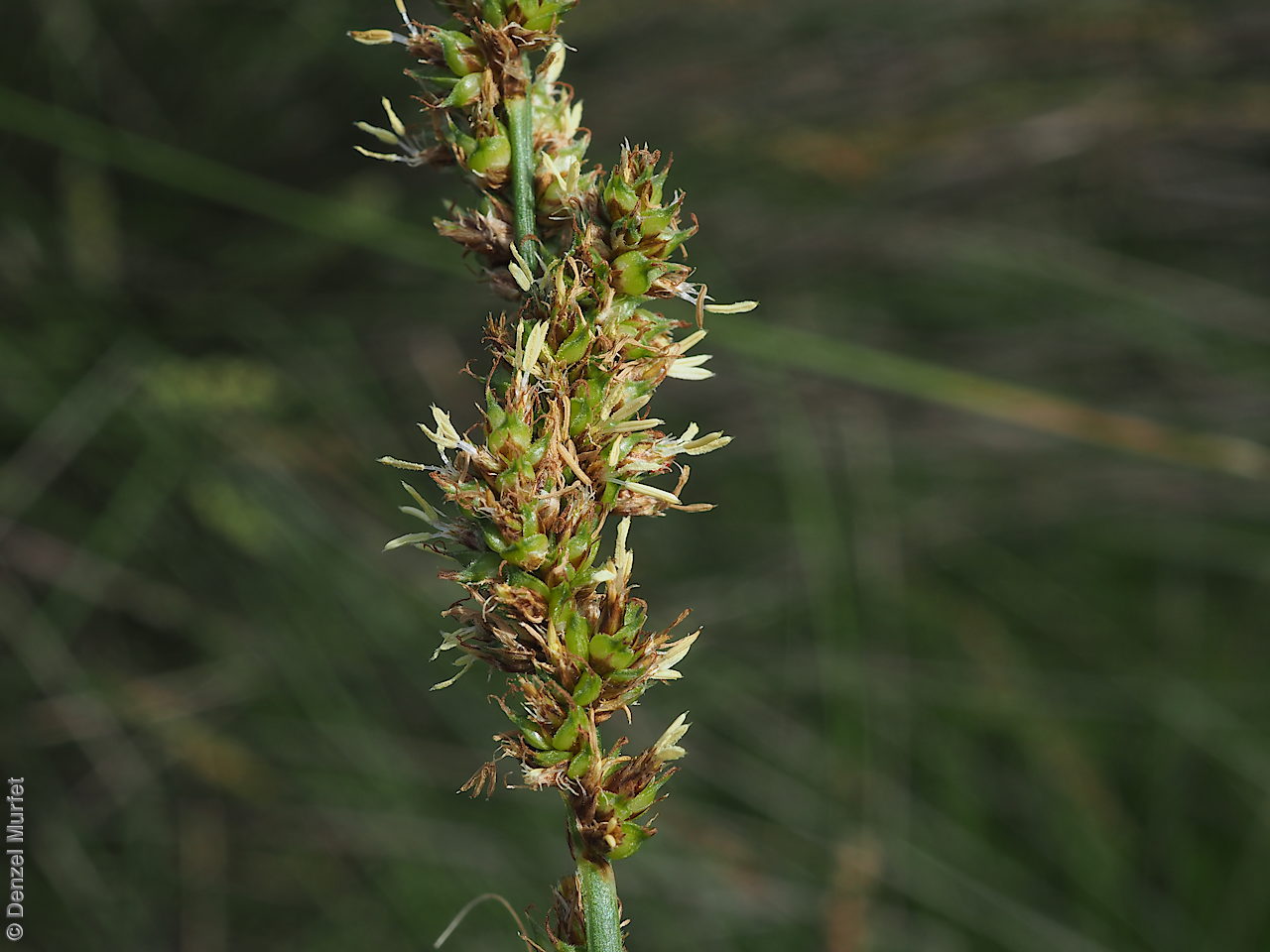









Botanical art
Prior names
Carex paniculata
Common names
Tussock Sedge
Tall Sedge
Etymology
Carex is the classical Latin name for sedge, perhaps from 'carere' meaning to be absent, as the upper spikes are staminate (male) and do not produce seeds. May have been used by Virgil for plants in this genus and derives from ancient Greek 'keiro' meaning to cut, referring to the sharp edge of leaf margins. Appressa meaning lying close together, (seeds pressed against the stem).
Distribution and status
Found in the Flinders Ranges, Mount Lofty Ranges, Kangaroo Island and the lower South-east in South Australia growing in damp areas including standing water. Also found in Western Australia, Queensland, New South Wales, Victoria and Tasmania. Native. Common in South Australia. Common in the other States.
Herbarium regions: Flinders Ranges, Eyre Peninsula, Northern Lofty, Murray, Southern Lofty, Kangaroo Island, South Eastern, Green Adelaide
NRM regions: Adelaide and Mount Lofty Ranges, Eyre Peninsula, Kangaroo Island, South Australian Arid Lands, South Australian Murray-Darling Basin, South East
AVH map: SA distribution map (external link)
Plant description
Densely tufted sedge with tall stems to 1 m or so high, acutely triquetrous, scabrous on the edges towards the summit. Leaves to 6 mm wide, with scabrous margins. Inflorescence a long narrow spike-like panicle to 25 cm long, with inconspicuous bracts or the lowest sometimes prominent and filiform, spikelets very numerous, androgynous, ovoid, c. 5 mm long, glumes more or less hyaline, acute or subacute, shortly mucronate, the sides stained chestnut. Flowering between August and January. Fruits are pale brown, clusters of erect heads, each containing numerous individual fruit. Seeds are brown ellipsoid seed to 4 mm long and 3 mm wide covered by a striated papery layer (utricle) with serrated margin. Seed embryo type is capitate.
Seed collection and propagation
Collect seeds between November and April. Collect fruits either by running your hands along the heads when mature seeds will come-off easily, or cut whole heads that are brown, containing dark hard seeds. Place the heads in a tray and leave to dry for one to two weeks. Then rub the heads with a rubber bung to dislodge the seeds. Use a sieve to separate any unwanted material. Store the seeds with a desiccant such as dried silica beads or dry rice, in an air tight container in a cool and dry place. Seed viability is usually high.
| Location | No. of seeds (weight grams) | Number of plants | Date collected | Collection number Collection location | Date stored | % Viability | Storage temperature |
|---|---|---|---|---|---|---|---|
| BGA MSB | 8,800 (5.73 g) 8,800 (5.73 g) | 40 | 27-Apr-2004 | DJD3 Southern Lofty | 1-Sep-2004 | N/C | +5°C, -18°C |
| BGA MSB | 13,000 (20.81 g) 13,000 (20.81 g) | 50+ | 24-Jan-2006 | KHB48 Southern Lofty | 28-Jul-2006 | 95% | -18°C |
| BGA | 19,200 (21.17 g) | 20 | 7-Dec-2006 | RJB70979C Southern Lofty | 1-Aug-2007 | 95% | -18°C |
| BGA | 6,300 (4.87 g) | 1 | 6-Jan-2007 | RJB70906 South Eastern | 1-Aug-2007 | 90% | -18°C |
Number of plants: This is the number of plants from which the seeds were collected.
Collection location: The Herbarium of South Australia's region name.
% Viability: Percentage of filled healthy seeds determined by a cut test or x-ray.